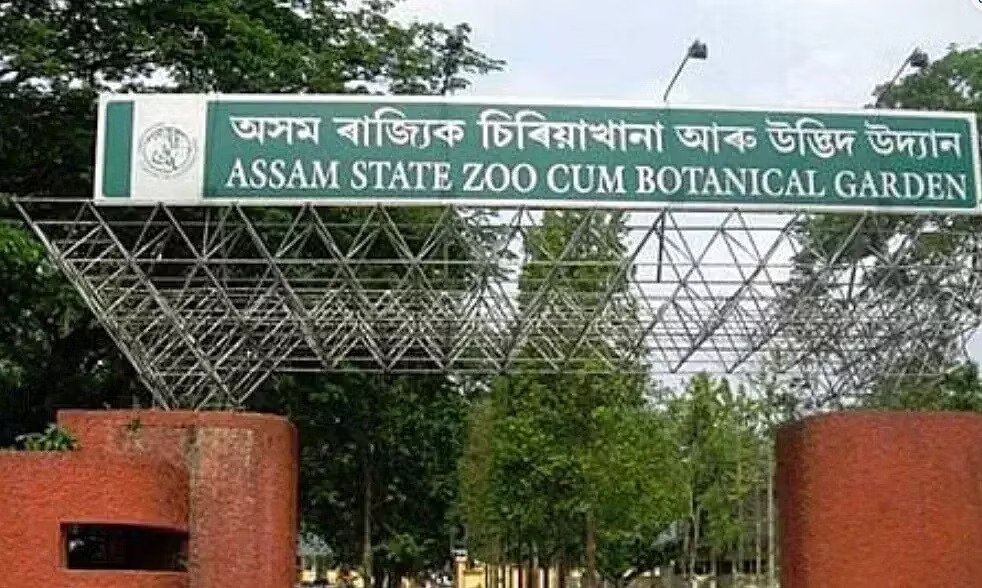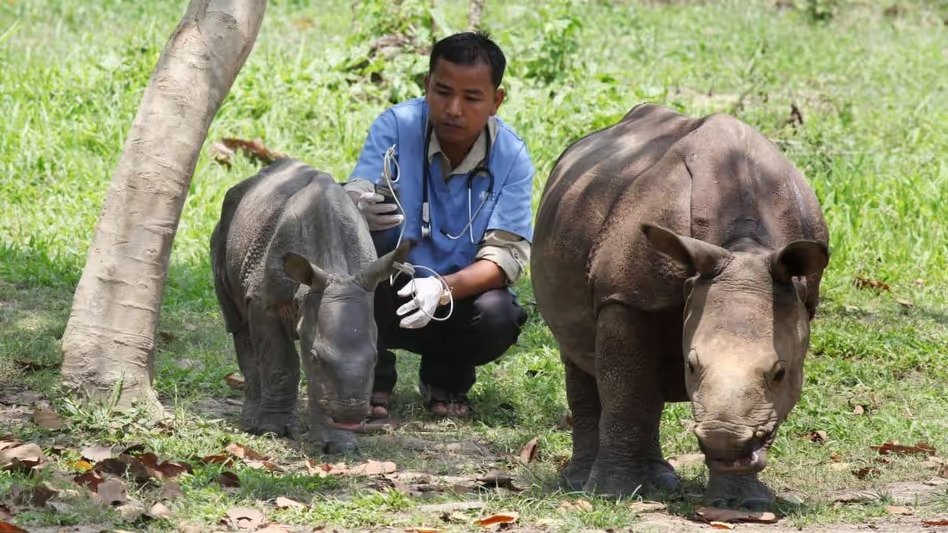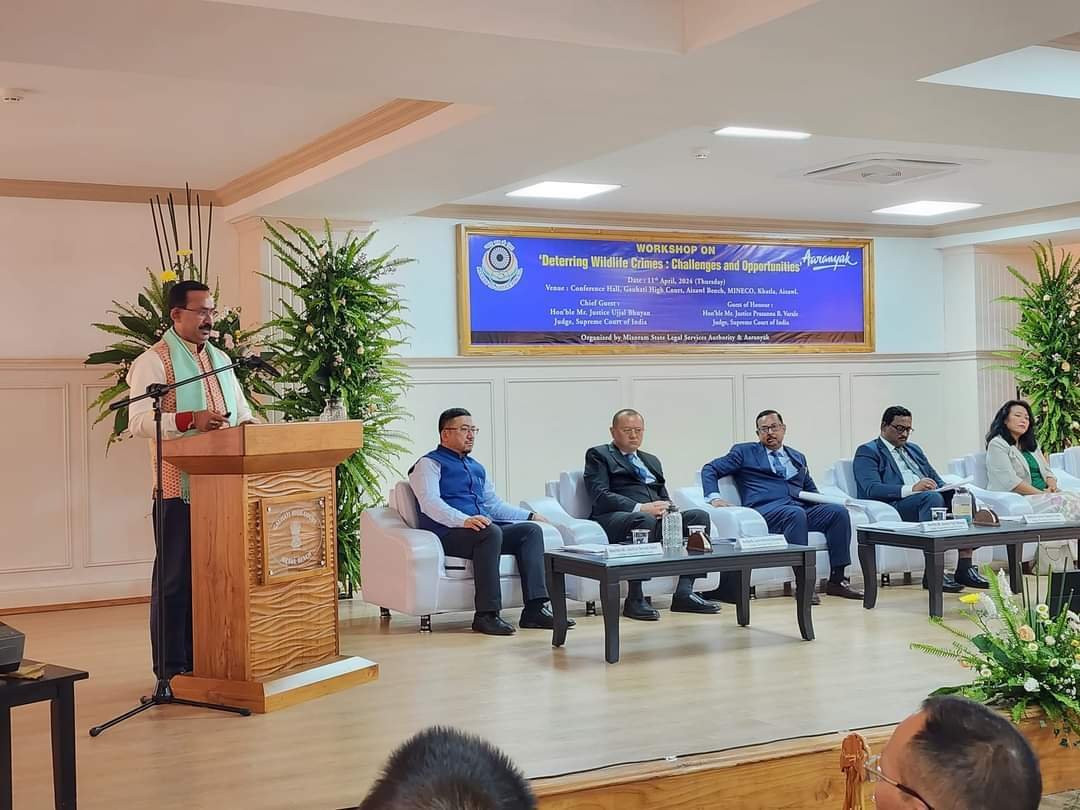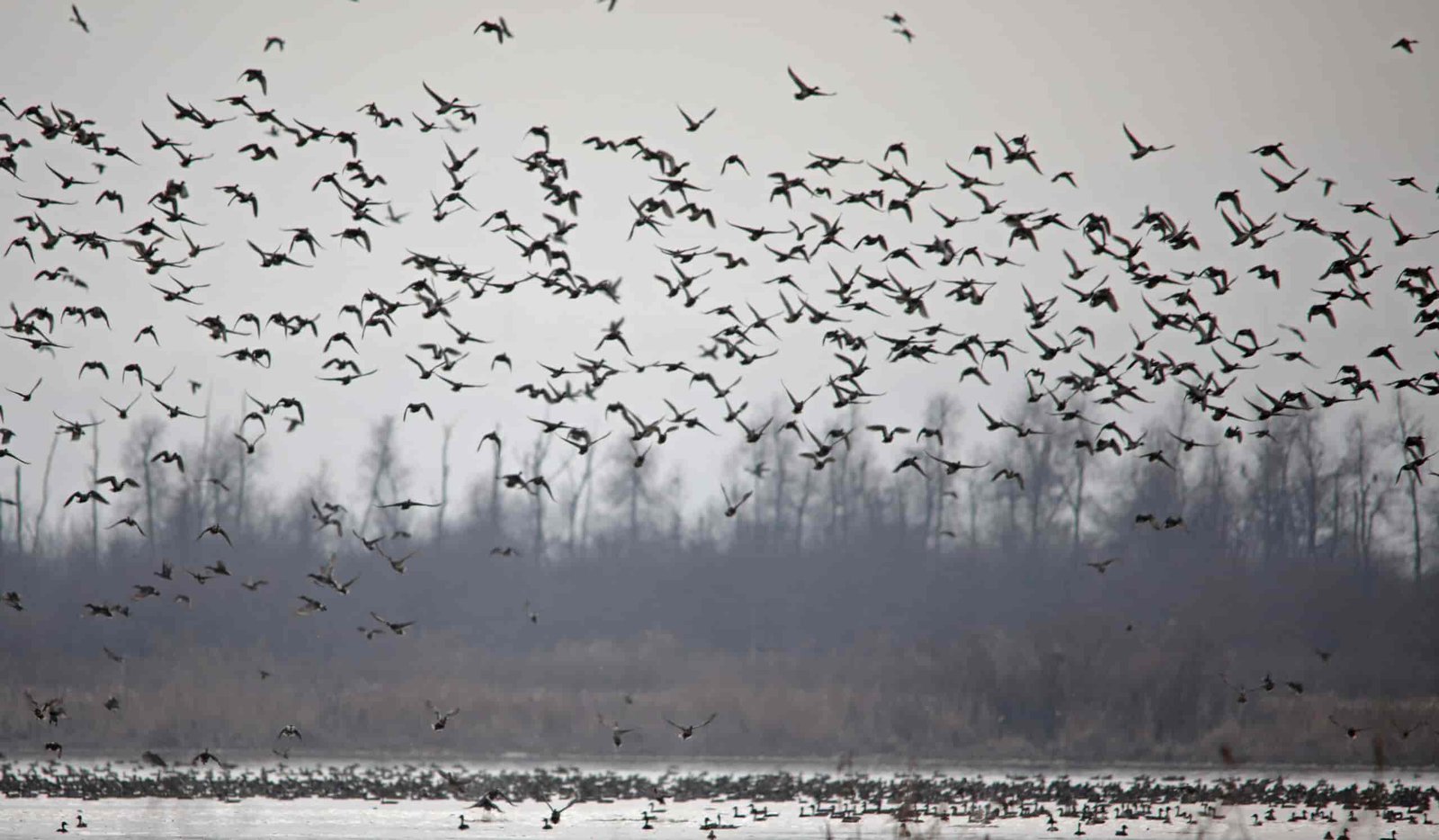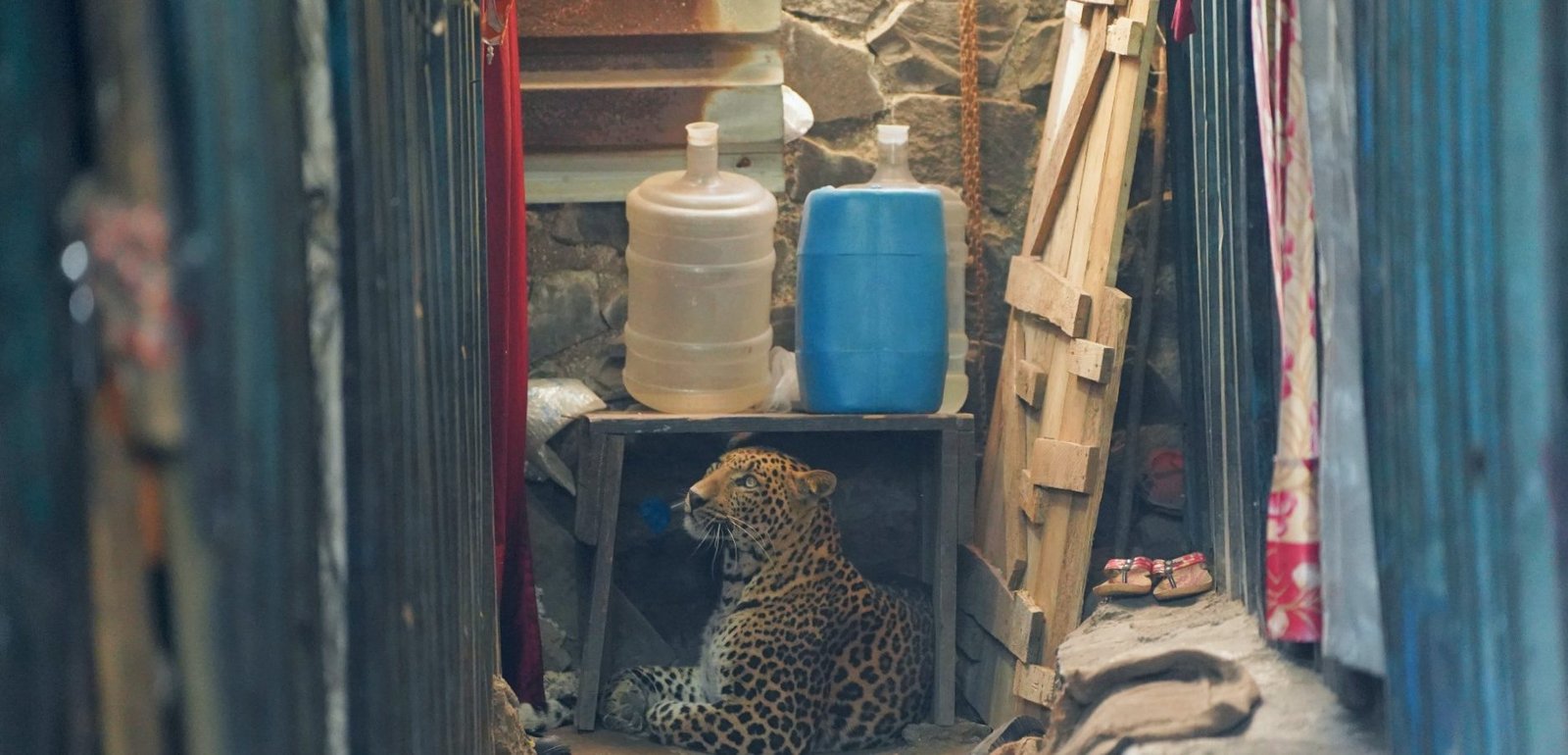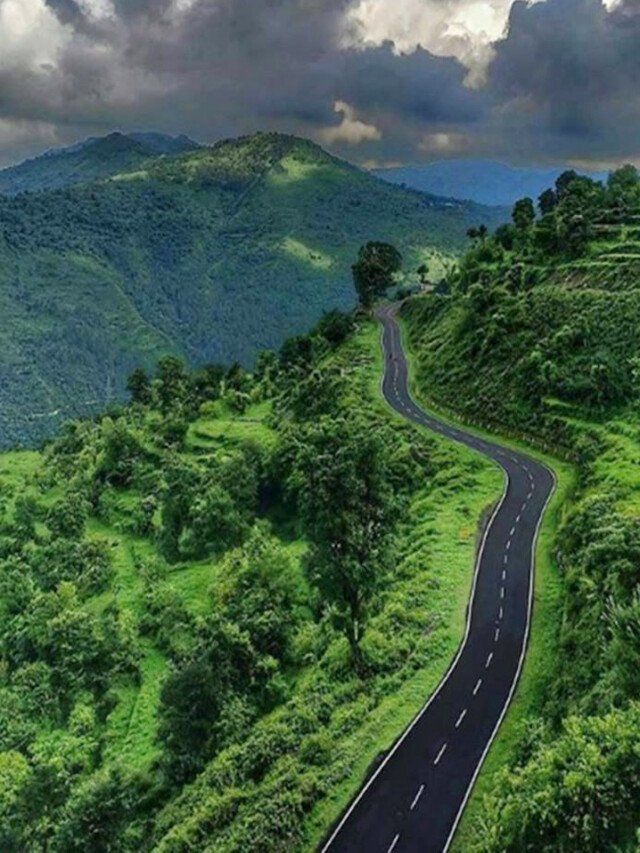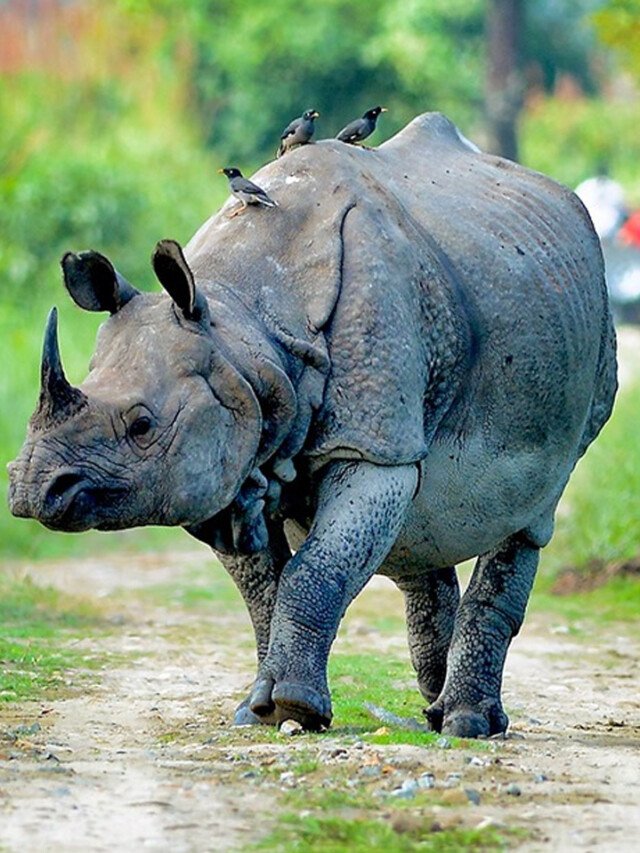HT Digital
GUWAHATI, Feb 28: Guwahati-based Assam State Zoo and Botanical Garden increased its rescue and rehabilitation programs of wild animals following a steep dip in survival of the rescued creatures. Between last April and last year, 544 birds, mammals, and reptiles were rescued and rehabilitated at the zoo, whose survival rate came out at 68%.
Nonetheless, latest statistics from 2025 give a cause for concern, where it is apparent that just 56% of the 69 rescues in this year alone have survived, with 30 animals having perished despite getting medical attention. In counteraction to the challenges, the zoo is upscaling its facilities to enhance treatment and rehabilitation.
A new rescue and rehabilitation facility is being developed at present, and a cutting-edge veterinary hospital is planned to be completed within the next year. “Although our current facilities have been essential, the increasing number of rescues require better ones,” said a zoo official. The new hospital will improve the capabilities for treatment, and the new center will give a better recovery space to rescued wildlife.”
These enhancements are intended to meet the growing need for specialized care and increase the survival rate of rescued animals. Currently, there are two specialized rescue teams that work at the zoo with trained animal keepers and expert veterinarians. These squads answer distress calls, make proactive rescues, and bring in injured or stranded animals to the zoo for immediate treatment.
In order to avoid the transmission of diseases and guarantee the health of the zoo’s current residents, all rescued animals initially go through a required quarantine period prior to being readmitted into the zoo or set free in the wild. Cooperation with local forest departments is an important aspect of the zoo’s rehabilitation process.
Garbhanga and Rani forests have been identified as safe release points for releasing recovered animals back into their natural habitats. The zoo has also invited the public to help in rescue operations by reporting injured animals to the central control room at Aranya Bhawan, Panjabari, to facilitate timely intervention.


